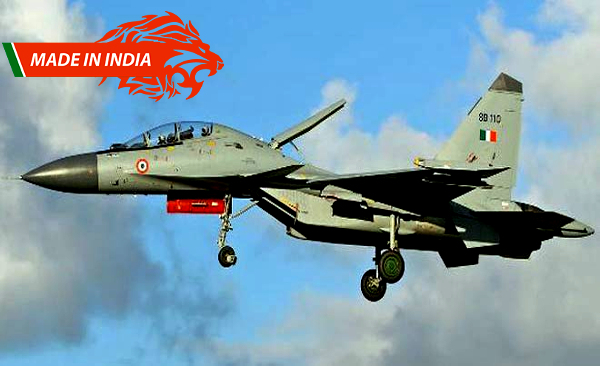While the Indian Air Force was deployed during the 1999 Kargil conflict, Tuesday was the first time after the 1971 war that it fired on targets inside Pakistan. Although the entire operation, said to have got political clearance last week, lasted less than an hour and there was only one target, the risks were high and pressure for guaranteed success was huge.
The IAF used its finest pilots, best aircraft and most modern weapons for the precision targeting air strike that hit the Jaish-e-Mohammad terror camp at Balakot. The Indian Express has learnt that the first munition to hit the Balakot camp at Jabha Top was at around 3.45 am and weapons continued to rain down on the hill-top for another eight minutes. At least two local eyewitnesses, quoted by BBC World Service TV (Urdu and Hindi), spoke of “five explosions” and “an earthquake-like sensation for 5-10 minutes”.

These explosions were from precision-guided munitions fired by the IAF’s French origin Mirage-2000 fighter jets which have been recently upgraded. These jets have a night vision-capable glass cockpit, upgraded navigation and IFF (identify friend or foe) systems, advanced multi-mode multi-layered radar, and a fully integrated electronic warfare suite.
While a dozen Mirage-2000 were used, they were escorted by four Sukhoi Su-30 aircraft. The Russian origin aircraft, which forms the bulk of the IAF’s fleet, were deployed in an air defence role in case there was a need to respond to any action from Pakistan Air Force — but that never came.

The Sukhois executed a “forward sweep,” which allows the escorting aircraft to test the adversary’s response before the strike aircraft move in to hit the target. The IAF, sources said, was able to beat Pak radars by employing the technique of “masking by hills” while flying, using two decoys to distract Pakistan Air Force and by flying low before pulling up to hit the target.
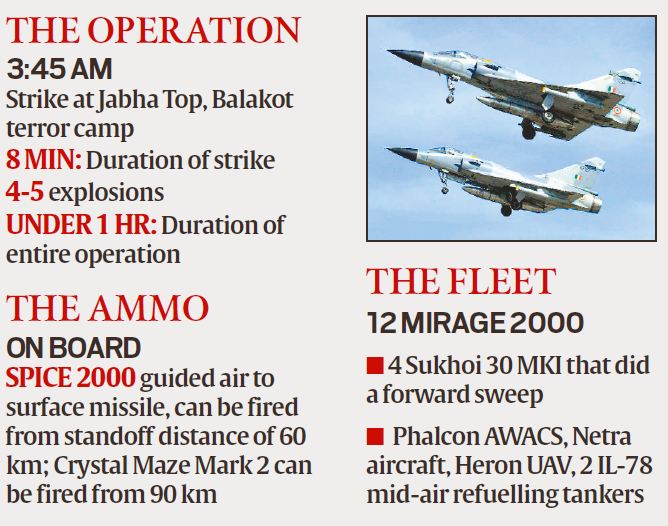
The Israeli Phalcon Airborne Warning and Control System (AWACS) and the indigenous Netra Airborne Early Warning and Control System Aircraft (AEW&C) aircraft, deployed to monitor the mission, showed that no aircraft was within 100 km while the operation was carried out.
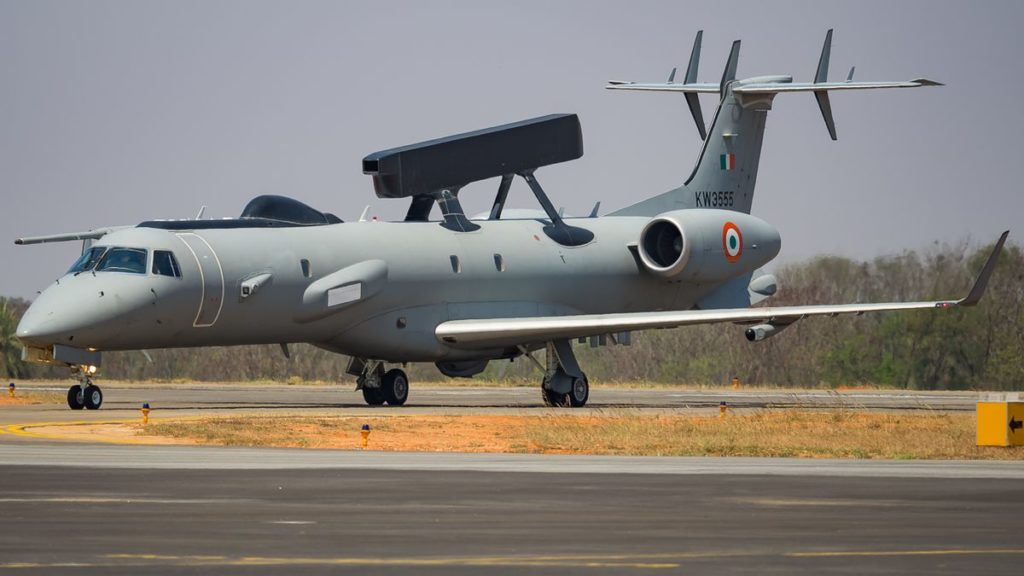
Sources said the Mirage-2000 fleet were given the designated locations of targets at the terror camp for firing their precision-guided munition. These targets at Balakot, identified on the basis of intelligence inputs, were chosen with the consideration that there was no habitation and no danger of any collateral damage.
The jets, which were also used successfully during the Kargil War, were armed with SPICE-2000 and Crystal Maze Mark2 also known as AGM 142 Popeye missile. Both these weapons gave the IAF the capability to hit the target with pinpoint accuracy.

The Israeli-built Popeye is a medium-range conventional missile which can be fired from a stand-off distance of around 90 km, i.e., the aircraft doesn’t need to be vertically above the target to hit it. SPICE (Smart Precise Impact and Cost Effective guidance kit)-2000 is a forward and tail kit evolved by Israel from the Popeye missile, mounted on a standard 2000-pound Mk 84 unguided bomb. This converts it into smart guided air-to-surface munition that can be dropped from a stand-off distance of up to 60 km.
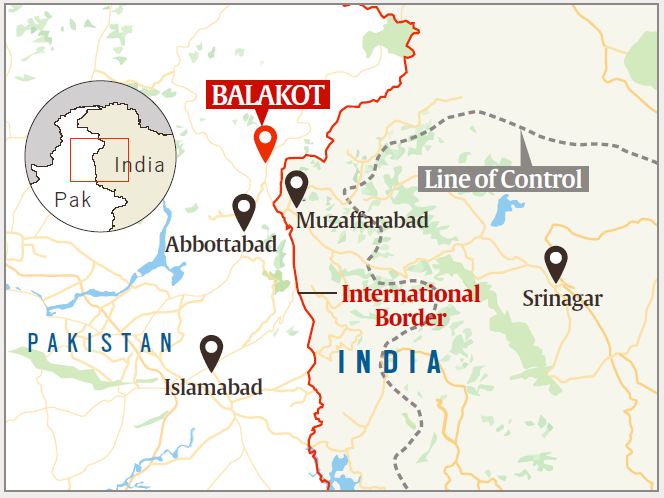
It is a “fire and forget” weapon that automatically goes to its target once launched relying only on its navigation/seeker system. The “eye in the sky,” the Heron Unmanned Aerial vehicle (UAV), was also up in the air for monitoring and assessment of the target.
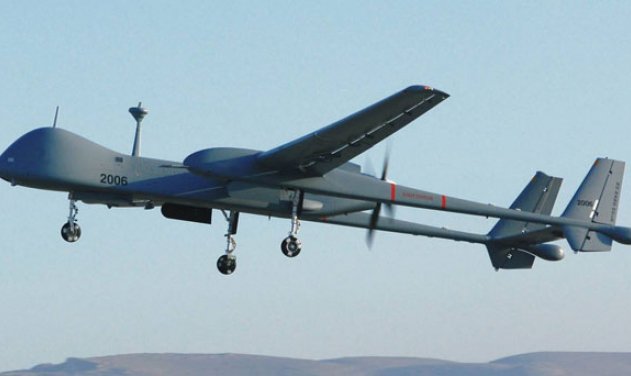
The IAF has not shared details of damage assessment which would have been evaluated on the basis of images captured by Heron UAV.

Two IL-78 mid-air refuelling tankers were also used during the operations by the Mirage-2000 and Sukhoi Su-30 aircraft after the target was hit to return to various separate air bases.
Source: IE
Image Courtesy: IT, Indian Express
You may also like
-
IAF Aircraft Set Course For Exercise Eastern Bridge VII At Oman
-
IAF Set To Host The Indian Defence Aviation Exposition-II At Jodhpur
-
Defence Secretary to co-chair 5th India-Philippines Joint Defence Cooperation Committee meeting in Manila
-
Simultaneous Launch Of ‘malpe And Mulki’, Fourth And Fifth Ships Of Asw Swc (Csl) Project
-
Aatmanirbharta in Defence: MoD signs Contract with HAL for 240 AL-31FP Aero Engines for Su-30MKI Aircraft
